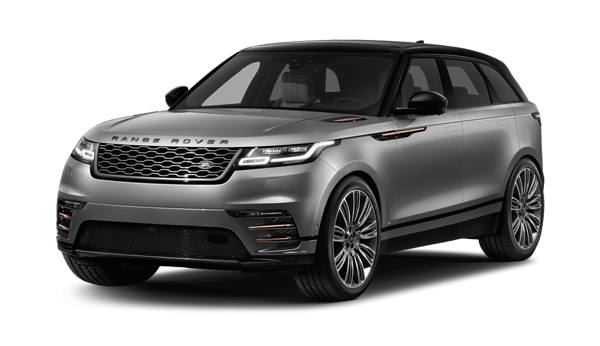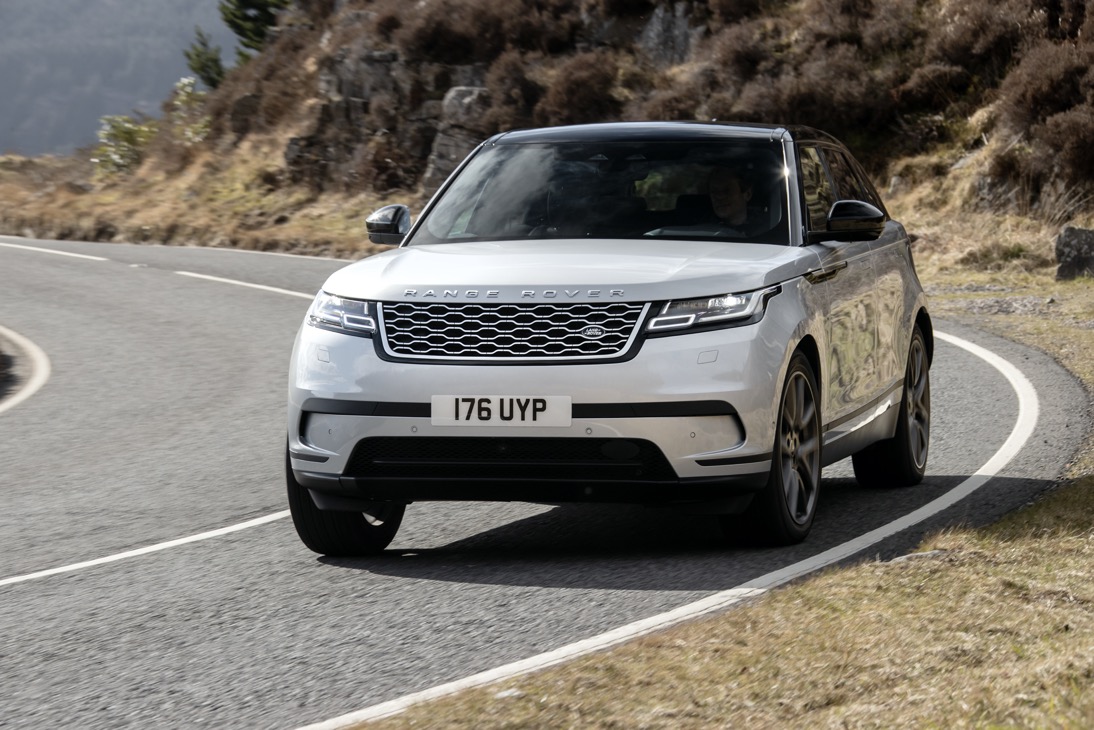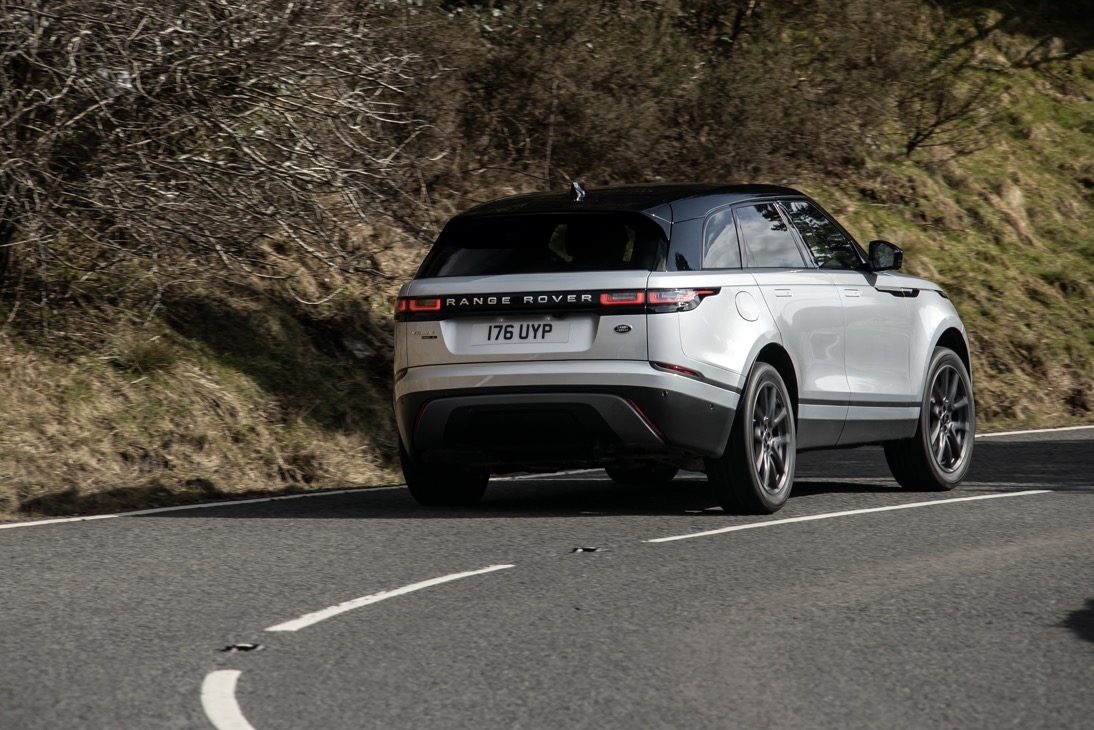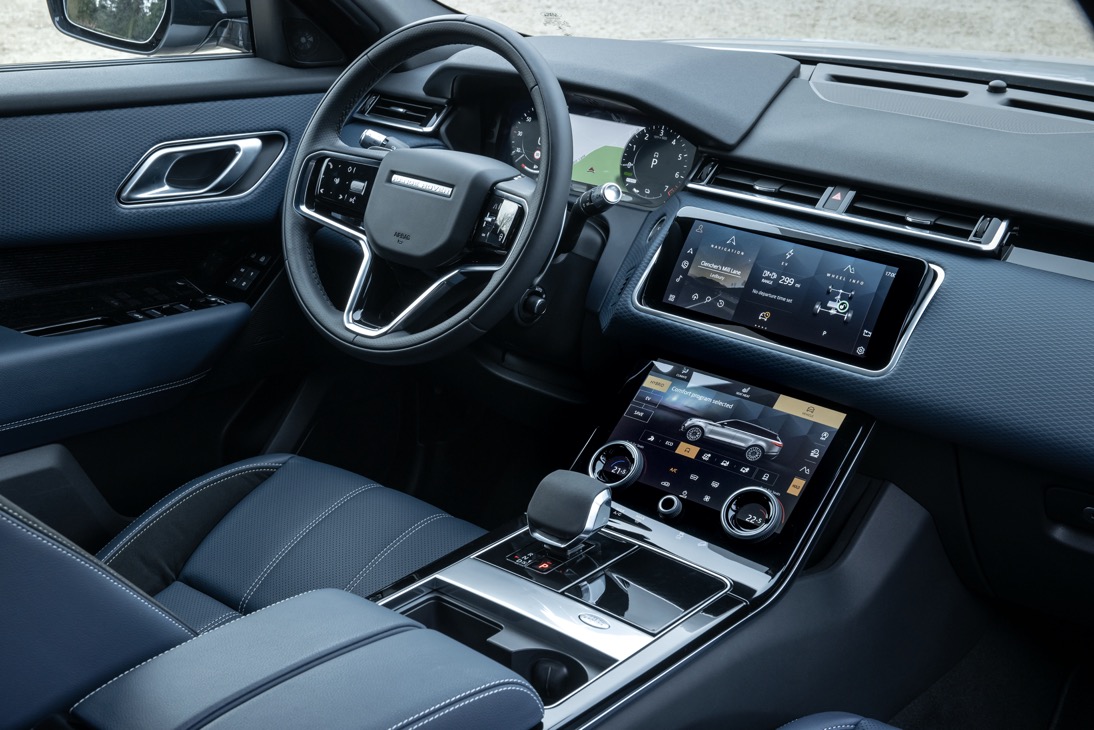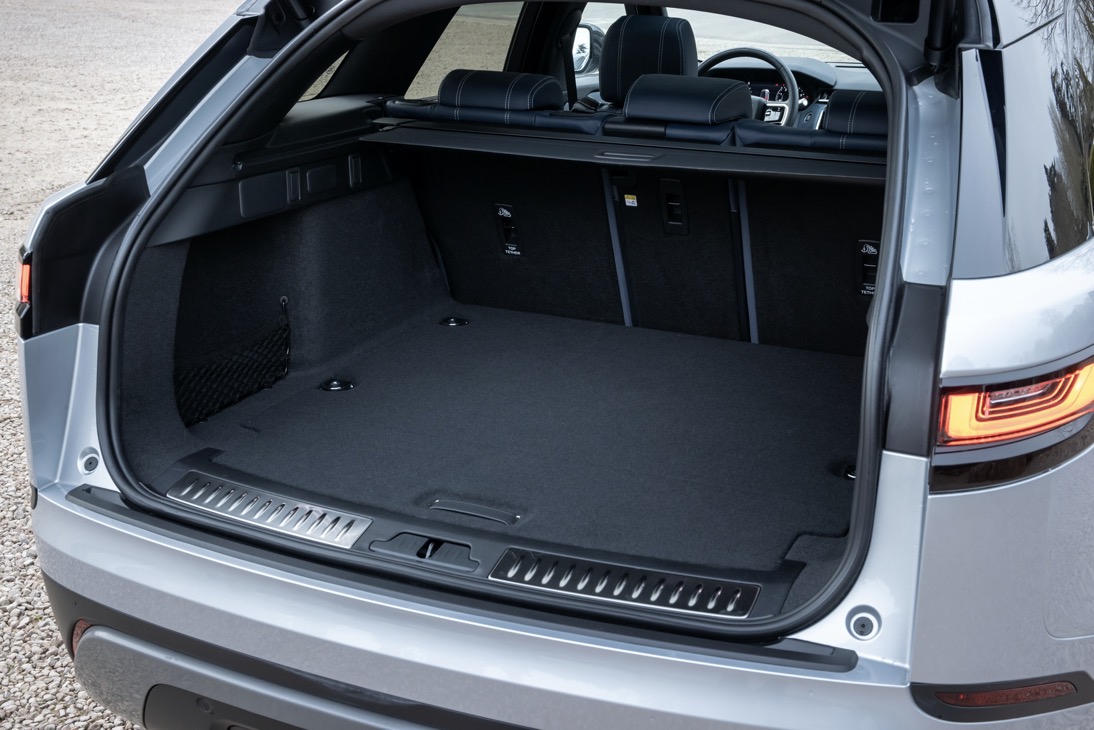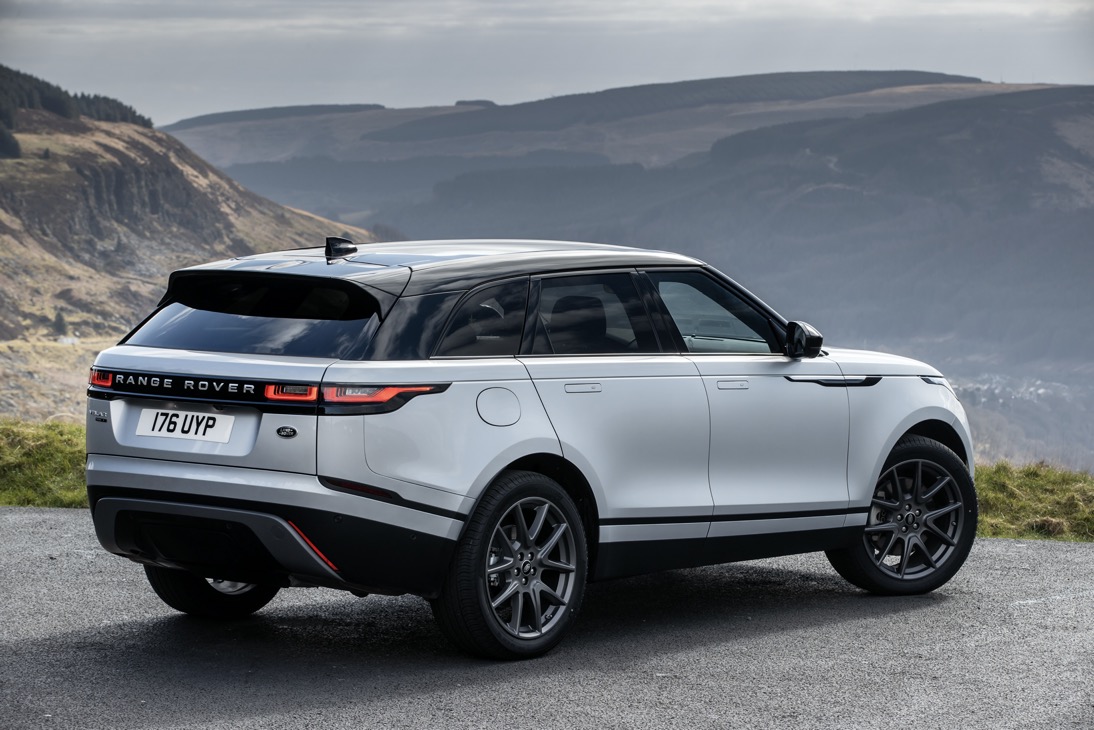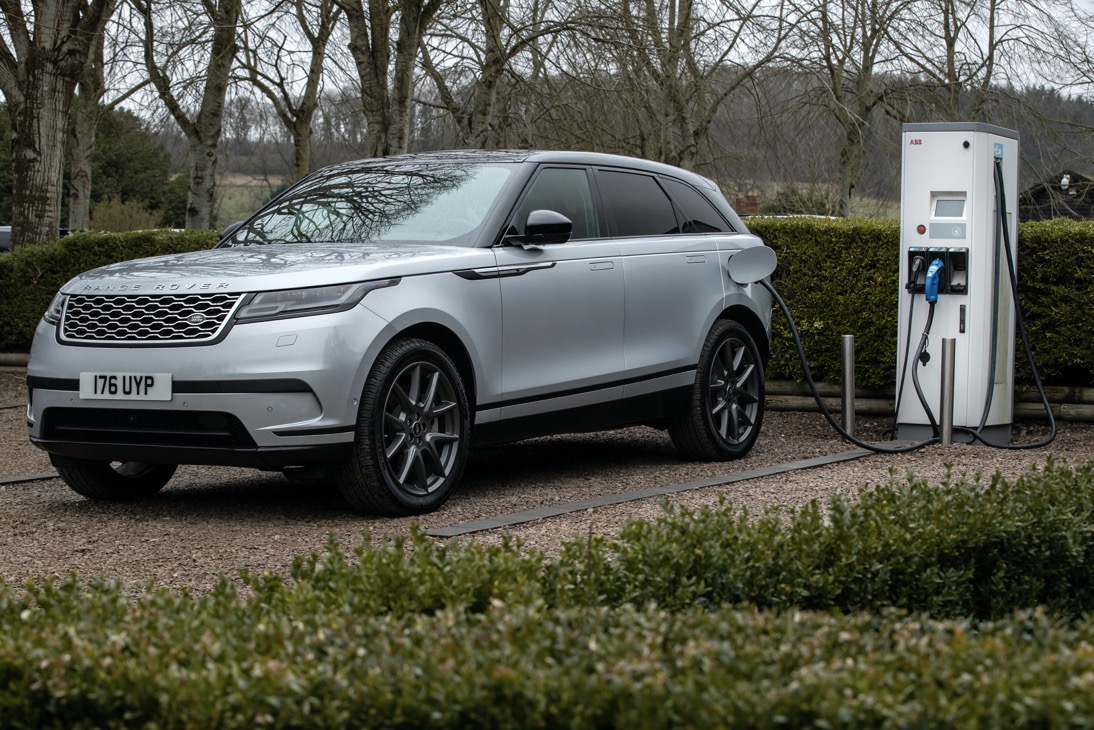Performance
Underneath the swoopy body lies the same platform and engine and electric motor set-up as the Jaguar F-Pace hybrid, meaning a 296bhp 2.0-litre four-cylinder turbocharged petrol engine mated to a 141bhp electric motor, which is fed by a 17.1kWh battery pack under the boot floor. There's an eight-speed automatic gearbox and power is sent down a prop shaft to the back axle to make it four-wheel drive – just like you'd expect a Range Rover to be. Total figures are 398bhp and a whopping 640Nm of torque.
That means a similar 0-62mph sprint as a top spec hot hatchback, but in something much taller and plusher. Even when you up the pace and ask for the full 396bhp in the Velar's arsenal it remains serene. The engine emits a sporty growl under hard throttle, but it's very refined and a far cry from the strained, ruffled character you get from the heavier (and older) P400e versions of the larger Range Rover and Range Rover Sport.
Drive
Serene is a good word to describe the rest of the driving experience. You sit higher than you do in the F-Pace P400e, BMW X3 xDrive30e or Mercedes GLC 300e Coupe, and there's more than a whiff of the big Range Rover's pomp. The steering is smooth and accurate but not as sharp as the Jag's or BMW's, and the Velar is more suited to driving round corners at a comfortable pace rather than being hurried.
Even the larger Range Rover Sport P400e seems more agile – but perhaps it should with Sport in its name. The Velar P400e doesn't have the option of air suspension and only has standard steel springs, and while this does mean the PHEV can feel less wafty then a petrol or a diesel Velar with air suspension fitted, the ride is still plush and generally smoother,
more of the time. And as a bonus there’s some genuine off-road ability, for what that’s worth…










